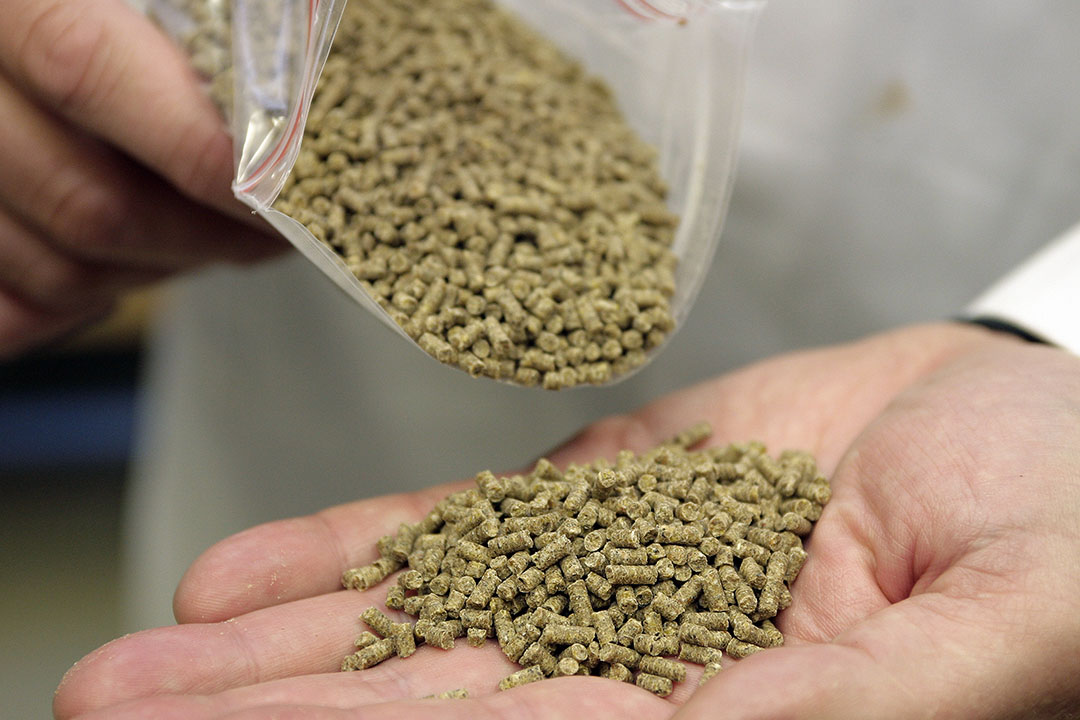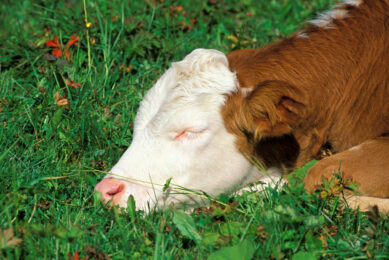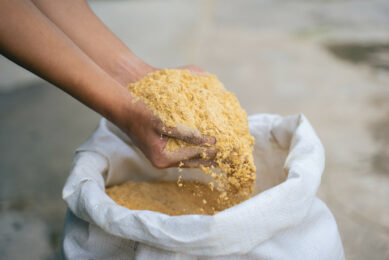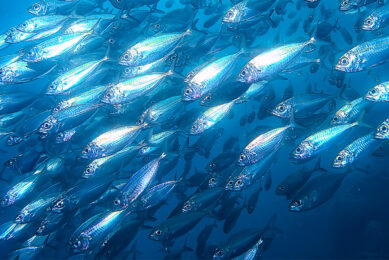Finding the right charcoal source for a healthy animal gut

Charcoals have been known and appreciated for many years for their purifying effects and to improve the safety of drinking water and general detoxification purposes. How can we apply this knowledge to livestock animals to improve their gut health?
Although the purifying effects of charcoals have been around for thousands of years it is only more recently, the specific quality and characteristics of charcoals have been studied in more detail. The purifying effects of charcoals are nowadays used on an industrial scale to improve the safety and quality of drinking water around the world and also used in the skincare industry and to improve gut health for humans and animals. However, there are different types of products with differences in qualities available on the market today.
What is the definition of charcoal?
Charcoal, biochar and activated carbon can all be grouped under so called pyrogenic carbonaceous materials (PCMs), as they are produced by a thermochemical conversion of carbon containing material. Their definitions are not specific, have changed over time and with growing interest in their applications, are increasingly overlapping. This may create confusion. Charcoal is often seen as a limited processed and less standardised product based on vegetable materials. This could be based on the charcoal used for our barbecues. However, the term “charcoal” is also non-specific enough to be used for the whole group of carbonaceous materials, replacing the more correct umbrella term of PCMs. Biochar is a term originating from soil improvement, based on the positive effects of charred biomass after forest fires greatly improving soil quality. An important differentiator for biochar is that it must be produced from a sustainably sourced biomass. The initial definition of activated carbon was: “any form of carbon capable of adsorption”, so very unspecific. The activation of charcoal was later on further defined to “any process which selectively removes the hydrogen or hydrogen-rich fractions from a carbonaceous raw material in such a manner as to produce an open, porous residue”. The more recent definition includes not only opening existing pore structures by removing organic material, but also breaking open the materials to create new pores (increasing the surface area). Activation can be done with increasing process temperature or time (Figure 1), gasses like oxygen or carbondioxide, or by adding steam or chemicals during the process.
Figure 1 – Charcoal structure development with increasing temperature. Turning from disorderly mass (a) to graphite in orderly 3D structure (c) (3).
Final functional properties
As with many products, the quality of the raw materials used influences the final product quality and its characteristics. PCMs can be produced from many different materials, for example:
- bituminous coal
- bones
- coconut shells
- lignite
- peat
- pecan shells
- petroleum-based residues
- pulp mill black ash
- sugar
- wastewater treatment sludge
- wood
Of course a different origin of the PCM will greatly affect its final properties. The second important factor influencing final product properties is the process applied. Firstly the temperature used for the carbonisation and secondly possible “activators” used. Both factors can contribute to a more or less open pore structure, increasing pores and their volume and total surface area in the product. The purity of the starting material and the final product are a parameter for the final characteristics of any PCM, any impurities will increase variation in its quality and functional properties. The origin of the starting material, the process applied and the purity can be more or less controlled and standardised, which as a result affects the standardisation of the final quality and functional properties of any PCM.

This special section on gut health has articles highlighting specie-specific topics, including stress-related intestinal issues in weaning pigs, antibiotic alternatives to maintain poultry health and avoiding gut problems in dairy cows. Find out more…
Interest for application in animals
Gut health is a hot topic in animal production. With intensifying production and reduction in pharmaceutical solutions allowed to control infections, other strategies must be applied. Many different solutions for prevention of outbreaks and, or reducing their impact on animal welfare and performance are used today. Next to improving health management, nutritional solutions may include improving protein digestibility and intestinal passage rate, pre- and probiotics, organic acids, bioactives and (myco)toxinbinders. All have their different mode of action to support a balanced microflora and healthy gut. PCMs have toxin binding properties, but no direct effect either on the microflora or gut health (positive or negative). The right source of PCM will bind enterotoxins produced by microflora, which would otherwise damage the gut. Such damage would cause increased nutrient costs and access for pathogens, due to inflammation and loss of gut integrity. By binding part of the toxins present, gut health can be better maintained. Next to that PCMs can also bind mycotoxins. Compared to main toxinbinders globally used, clays and yeast based products, PCMs can mainly bind non-polar or neutral compounds better. This is very important for important mycotoxins like deoxynivalenol and zearalenone.
Figure 2 – Pore structure of Carbovet® from close-up.

Selecting a good charcoal source
The definitions and characteristics of PCMs and their functional properties as a result, can vary widely. At first sight a more efficient PCM might seem the best option for application in animal feeds. However, if used as a preventive and supportive solution over longer periods a highly efficient binder is not the best as it is not selective. Hale et al. (2016) found that the higher the process temperature and the higher the surface area of the PCM, the stronger its binding capacity for neutral organic compounds. That sounds good until you realise that it means that not only the negative compounds (e.g. toxins) will be bound, but also many (essential) nutrients provided in the feed (e.g. vitamins, minerals, medicines). Most important is to select a charcoal source with a pore structure open enough to bind toxins (medium to large molecules), but not efficient enough to bind most essential nutrients (small molecules). Pancosma has developed a vegetable charcoal product (Carbovet) to be used in animal feed and well positioned to function as gut health support (Figure 2). Based on a single quality and origin of oak wood and a controlled thermal process, the final product quality is very standardised. A process with medium temperature (550°C – 600°C) for several days, without further activation with gas, steam or chemicals and high purity, ensures the efficient toxin binding, without binding of essential nutrients.
References are available on request.












